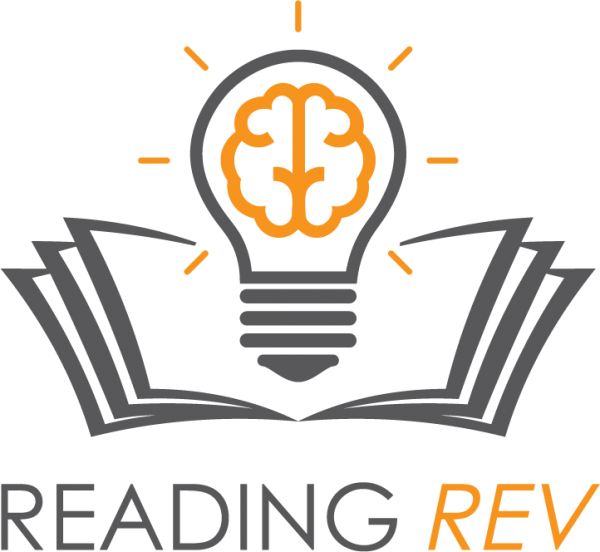5 Skills Need for Successful Writing- #5 Writing Craft
I recently read a book that helped me wrap my head around what it actually takes to become a skilled writer. Like reading, writing involves mastering several interconnected microskills. Joan Sedita’s Writing Rope, A Framework for Explicit Writing Instruction highlights five essential strands that contribute to writing proficiency. Like understanding Scarborough’s Reading Rope, this concept allows us to analyze the microskills that may be inhibiting our students’ ability to fluently and skillfully write.
In this blog series, we will look at each of the 5 strands through the intermediate lens. Hopefully, by breaking writing down into these subskills, we can make the whole process seem a little more manageable! Follow our plan and in 12 weeks, feel confident about your students writing ability for standardized testing!
5 Strands of the Writing Rope:
When I began my teaching career, I was fortunate to work at a school that had recently adopted Writing with Structure and Style, a program developed by Andrew Pudewa. Unlike most writing programs, this approach explicitly teaches both structure—how to organize sentences, paragraphs, and essays—and style—the elements that make writing engaging, powerful, and unique. Joan Sedita refers to this as Writing Craft, which encompasses word choice, audience awareness, and the use of literary devices. By providing students with a clear blueprint for organizing their writing while also teaching them how to enhance it with style, we equip them with the skills needed to write with both clarity and impact. Let’s take a brief look at each elements and how students can be taught to incorporate this in their writing.
Writing with Purpose: Know Your Reader
One of the most critical yet often overlooked aspects of writing—especially on standardized tests—is awareness of task and audience. Strong writers understand that their tone, word choice, and level of detail should shift depending on the purpose of their writing and who will be reading it. For example, writing a letter to your grandma will look very different from writing a formal response on a standardized test. On a test, students must quickly analyze the prompt to determine whether they are expected to inform, argue, or narrate, and then adjust their approach accordingly. A well-structured response is essential, but without clear attention to task and audience, even the most organized essay can miss the mark. Explicit instruction in these skills helps students craft responses that are not only well-written but also strategically aligned with what the test is evaluating.
Words Matter: Be A Wordsmith
Explicitly teaching students to carefully select their words can have a significant impact on the quality of their writing. In Writing with Structure and Style, students use a checklist called “dress-ups” to ensure their writing includes high-quality words and vivid descriptions. This checklist encourages them to replace vague or repetitive words with stronger, more precise vocabulary, helping them develop a habit of intentional word choice. Additionally, teaching students how to establish a clear point of view and apply show, don’t tell techniques further enhances their writing, allowing them to create more engaging and sophisticated responses. When students regularly practice these strategies, they become second nature—allowing them to naturally incorporate richer language and stronger descriptions into their writing, even under the pressure of a timed test. By making word choice and writing techniques an explicit part of instruction, we empower students to craft responses that are both compelling and effective.
The Power of Words: Bringing Writing to Life
Incorporating literary devices into writing not only enhances imagery and style but also aligns with the writing sophistication expected in the Common Core State Standards. Elements such as similes, metaphors, personification, and varied sentence structure elevate a student’s writing, making it more engaging and expressive. These techniques go beyond simply "dressing up" an essay—they demonstrate a deep understanding of language and the ability to craft nuanced, purposeful writing. The Common Core emphasizes the use of precise language, figurative expressions, and rhetorical techniques to strengthen writing across genres. By explicitly teaching students how to integrate literary devices, we equip them with the tools to meet and exceed these standards, ensuring they can produce high-quality writing both in the classroom and on standardized tests.
In conclusion, teaching students strategies like dress-ups, point of view, show, don’t tell, and literary devices equips them with the skills needed for more sophisticated and engaging writing. These techniques not only improve the quality of student writing but also align with the expectations of the Common Core State Standards. By explicitly teaching these elements, teachers help students develop the maturity and depth of writing necessary for success in both classroom assignments and standardized tests.
Throughout our Writing Rope series, we've explored the key components that contribute to strong, effective writing. From transcription skills, which lay the foundation for clear and accurate writing, to mastering syntax and sentence structure for more cohesive expression, we've provided insights on how to develop students' writing skills across the board. Our discussions on text structure emphasized the importance of organizing ideas logically, while critical thinking encouraged students to analyze and refine their writing with purpose. Finally, we explored the power of word choice, showing how students can elevate their writing with more precise, engaging vocabulary. Together, these interconnected elements help students build the complex skills needed for both academic writing and standardized test success. I hope this series was helpful.





